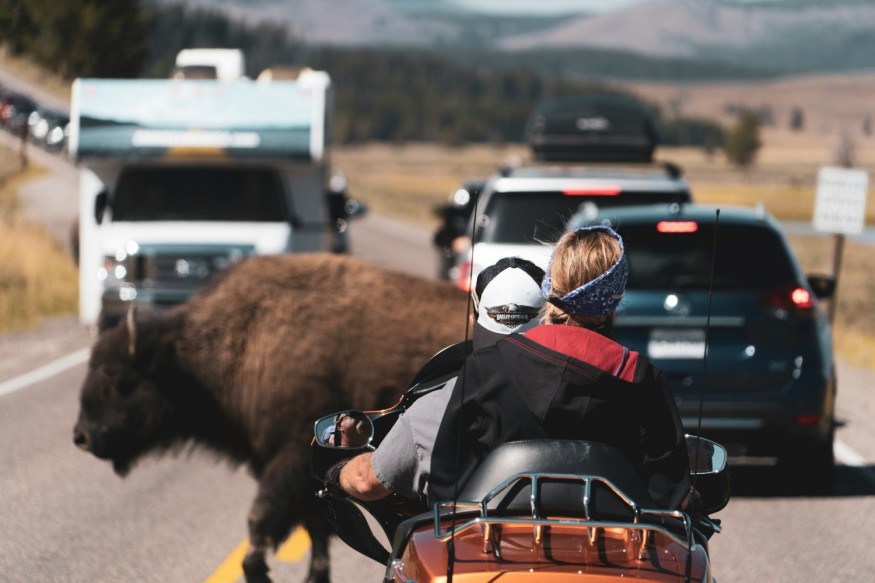Wildlife crossings are man-made passageways that help wild animals reach their destination to seek food, water, shelter, or a potential mate, still within the confines of their natural habitats. These structures include bridges, tunnels, or underpasses that guide these animals above or under roads or highways rather than passing across them, according to the World Wildlife Fund (WWF).
The most important purpose of animal crossings is preventing or mitigating collisions between vehicles and wild animals, especially large ones. In recent years, such structures have been established in some parts of the United States and Canada. Some other countries globally have their wildlife crossings, including in Germany where the passageways are called green bridges.
Wildlife Crossings: Are They Effective?

There is a scientific consensus that wildlife crossings are effective and beneficial for both wild animals and humans. Aside from the US and Canada, animal crossings have been implemented worldwide, including in Europe and India as a means to tackle the repercussions of roads and other infrastructure on wildlife populations, according to the Think Wildlife Foundation.
In the US, there are now approximately 1,500 wildlife crossing structures across 43 states, according to reports as of earlier this week. In Pennsylvania, a wildlife crossings program announced in December 2023 will pave the way for the construction of "special highways" for wild animals across the state to prevent road accidents, a story previously covered by Nature World News.
Wildlife Collisions Reduced
Regardless of which state or country animal crossings are, research shows that these structures can decrease wildlife collisions by up to 90%, making highways safer for both animals and people. According to the Washington State Department of Transportation (DOT), wildlife fencing and median barriers can also help reduce the risk of wildlife collisions to wandering animals along highways.
In its 2023 report, the WWF stated that animal crossings such as six bridges and 38 underpasses along the Trans-Canada Highway in Banff National Park have resulted in an 80% decrease in incidents between wildlife and vehicles. The non-profit organization also added that these wildlife crossings at Banff National Park are considered a "gold standard" when it comes to these structures.
What are the Threats to Wildlife?
Aside from vehicles, there are various threats to wildlife observed over the past several decades. Some of these threats include habitat loss and deforestation caused by human activities like urban land use and mining. Climate change is also an emerging risk factor not only to terrestrial biodiversity but also to marine life and ecosystems, as warned by scientists in previous studies and reports.
In addition, diseases and invasive species are also threatening native wildlife. While these factors seem to be out of our control, scientists and conservationists in the past have also made efforts to protect vulnerable terrestrial wildlife populations. For instance, some measures include tree planting, raising public awareness, and sustainable land use practices.
© 2025 NatureWorldNews.com All rights reserved. Do not reproduce without permission.





